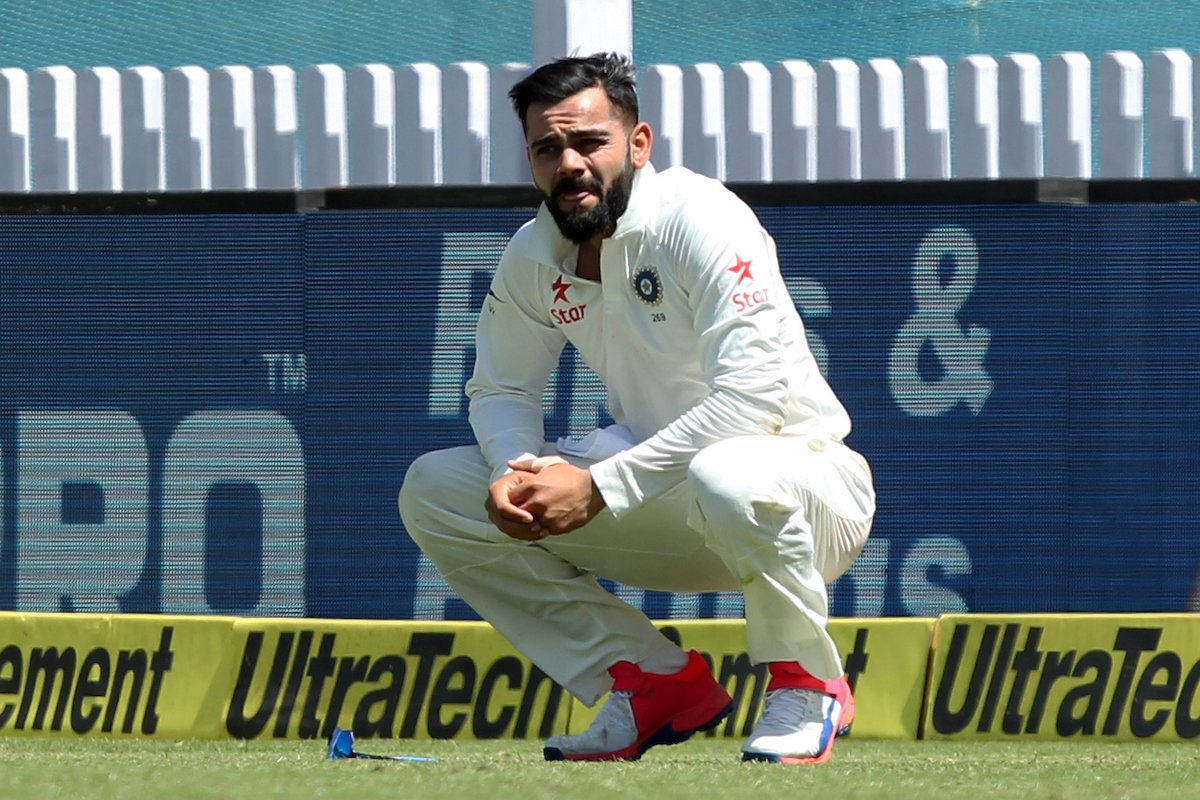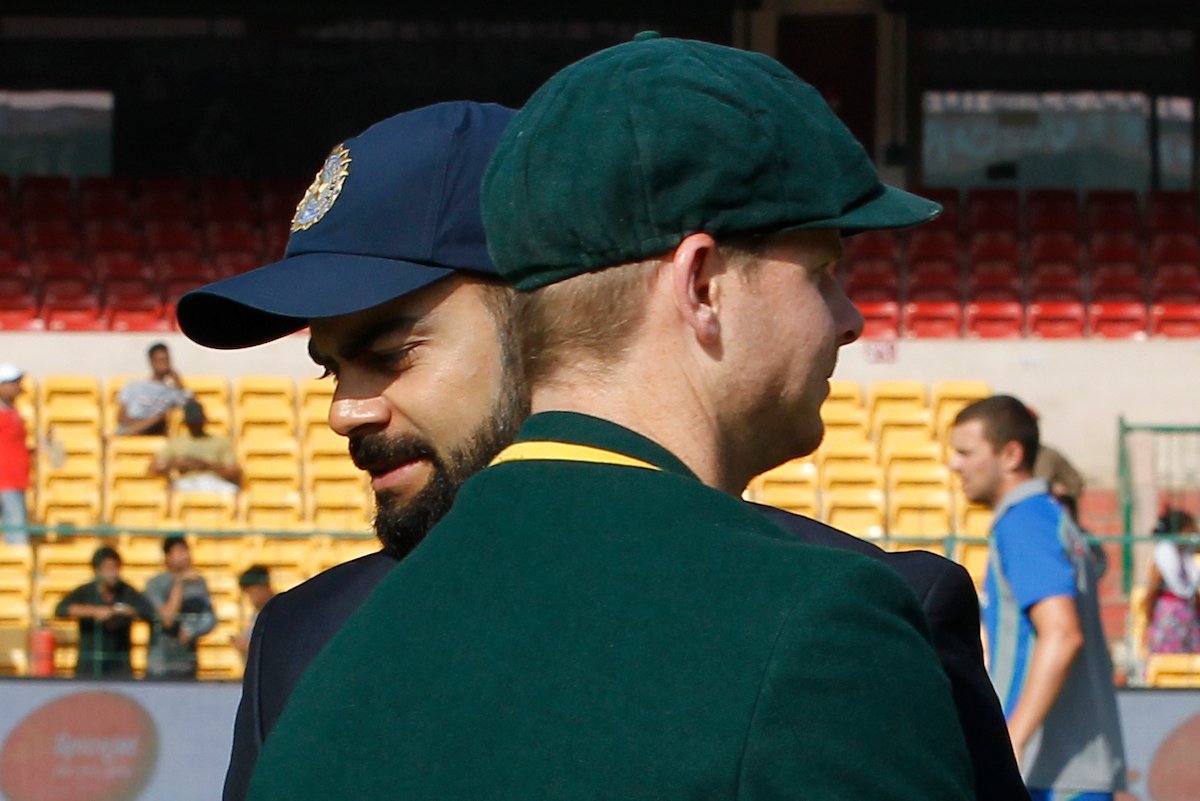So, Harbhajan Singh could not have been more wrong, eh? He was not alone. Despite near universal prediction of a whitewash, Steve Smith will lead Australia to Dharamsala with the series level at 1-1. The world’s best Test sides will have everything to play in, arguably, the most scenic setting in cricket right now, as the Ranchi pitch fooled everyone and lasted the full five days. It was not a dust bowl. It wasn’t a rank turner. And it certainly was not a “devilish pitch” that left the “reputation and integrity of Indian cricket on the brink of complete embarrassment.”
The facts are simple. At the end of the day, this Australian side will be delighted to be level going into the final Test. The Indian side will be less delighted with a draw despite losing the toss and conceding 451 in the first innings. There must be a part of Virat Kohli that would be wondering if he, as captain, played his cards right with the game on the line on the final day.

When Ravindra Jadeja removed David Warner with a ripper late on day four, with the hard new ball landing on the rough and exploding past the Aussie’s defence, Kohli was visibly pleased. With the world’s best spinners in his arsenal, he would have had a good night’s sleep knowing a win was on the cards.
But, for reasons best known to him, Kohli began the final day with Jadeja at one end (obviously) and pacers from the other. If it was a ploy to keep Ravichandran Ashwin fresh for later in the day, it did not prove that way. It was not until after 70 minutes of play that he tossed the ball to his best bowler. The ball had become considerably softer, the pitch had become considerably slower, and India failed to wrestle the initiative early.
The tactic was especially odd, considering Kohli spoke after the match about how the ball becoming soft proved to be a factor in India not being able to force the result.
“When the ball was new last night, it spun well off the rough. Even this morning, it was spinning well. In the middle session, the ball was not hard, so could not generate that kind of pace from the wicket. On day five, wicket slows down, we took new ball later and got a couple of wickets. But the hardness of the ball in the middle session was a factor.”
It’s not the first time in this series that Kohli has shown a reluctance to have his spinners operate from both ends. It happened in Bengaluru as well when, in both innings, despite the pitch being much more spinner-friendly, he went for large parts of the game with the spinner-pacer combination. And just like he did with Ashwin in Ranchi, he kept Jadeja out of the attack for long periods on day two — so much so that the crowd started chanting “Jaddu, Jaddu” to see him bowl. How did Jadeja respond? With a six-wicket haul that triggered Australia’s collapse in the first innings from which they never fully recovered.

It’s also not just about how he has used his bowlers. His field placements have consistently raised an eyebrow or two, ever since the England series. Nasser Hussain, former England captain and analyst extraordinaire, repeatedly pointed out how he was too quick to spread the field, even when the batsman is new at the crease, even when India were on the front foot. The counter to that argument was that Kohli craved control, and the lack of boundaries frustrated the English batsmen into playing poor shots.
It was similar in the first innings in Ranchi too, when Steve Smith and the rest of the Australian top-order were allowed to rotate the strike without too much difficulty.
Here’s the thing with analysing his tactics though — whatever Kohli did in Bengaluru worked perfectly, and India went on to complete a famous win. It has been the case for most of this home season. India have been brushing aside opponents, bouncing back from tough situations, putting together a 19-match unbeaten run, and Kohli was at the heart of it all. The criticisms of his tactics were just a murmur — a footnote to the remarkable story his team was writing, a disclaimer for a blockbuster movie.
And as is always the case, the nitpicking and criticism will be louder after a draw, louder still after a potential series defeat. Should this young Indian team fail to lift the Border-Gavaskar Trophy in Dharamsala, it will be the loudest it has been in Kohli’s time.

















